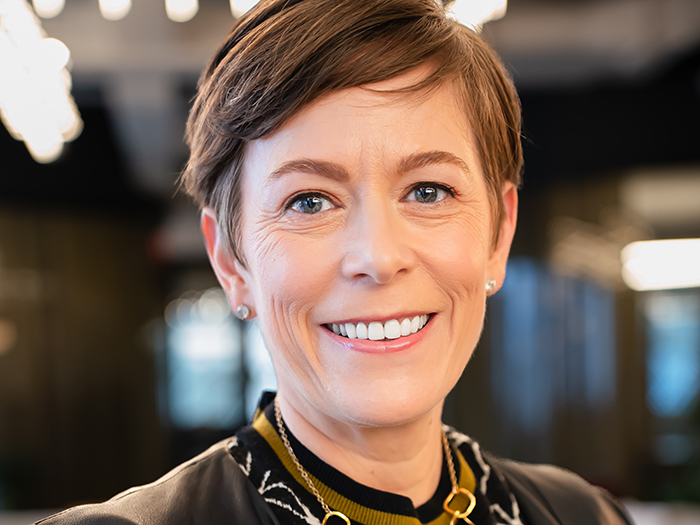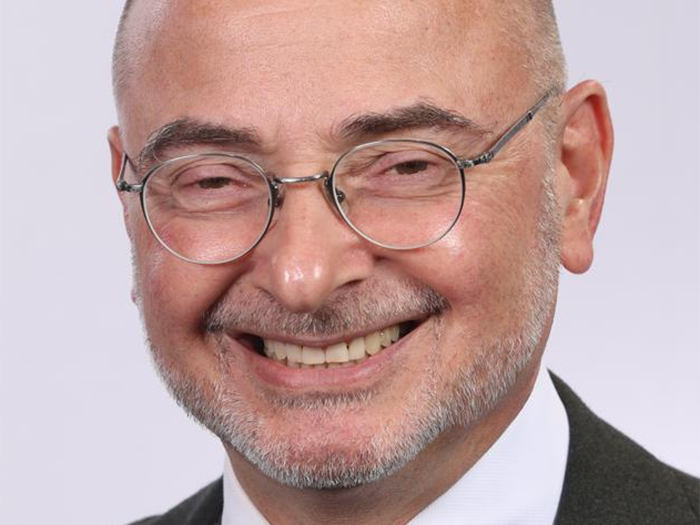Risk Insider: Chris Thorn
The Threat From Within
When you are a risk manager for an airline, hearing the news about a plane crash gets your attention immediately. The first thing that goes through your mind is, “was it one of ours?”
When you discover it isn’t, you feel an overwhelming sense of relief as you can dismiss the next hundred thoughts that would immediately follow an affirmative response. Next, you feel a little guilty as you realize one of your counterparts at another airline is not so lucky.
During the first few hours that follow an accident, speculation as to the cause consumes the media. Was it mechanical? Was it human error? Was it terrorism?
This is important to discover so improvements can be made to prevent the next accident. Thanks to the hard work of the NTSB, aircraft manufacturers, and airlines, many mechanical weaknesses have been addressed and improvements to pilot training have been made.
But what can be done about terrorism?
The FAA requires two people to be in the cockpit at all times. Therefore, when a pilot goes to the lavatory, a flight attendant must enter the cockpit and lock the door.
In response to terrorists accessing the cockpits of four aircraft on 9/11, airlines reinforced and locked the cockpit doors of their aircraft to diminish the threat of unauthorized access.
Some airlines also decided to allow their pilots to carry firearms in the cockpit for an additional layer of protection. This has worked very well to reduce outside threats.
However, sometimes our efforts to eliminate risk create new risks. Creating a fortress of the cockpit has now created a weakness if the threat is already inside the cockpit.
What if a pilot is the threat? This has been the leading theory for the missing Air Malaysia flight of last year and the recent Germanwings crash.
Some have suggested automating the flight controls by overriding the pilots if an unsafe condition is detected. While this might solve a few instances of pilot error or maliciousness, it creates new risks such as tampering or sabotage.
Commercial aircraft have used the art of redundancy successfully for risk mitigation for a century. There are two of every vital instrument, two pilots, two or more engines, etc. This allows for a safe operation when something goes wrong with the first. The second person or piece of equipment can take over.
The FAA requires two people to be in the cockpit at all times. Therefore, when a pilot goes to the lavatory, a flight attendant must enter the cockpit and lock the door.
This is not required for some international carriers. I expect to see many countries adopt the rule this year to prevent a recurrence of the Germanwings type incident.
After an accident, there is tremendous pressure to rectify the weakness in the process. Just make sure the solution you put into place is effective and not creating even more risk than before.










